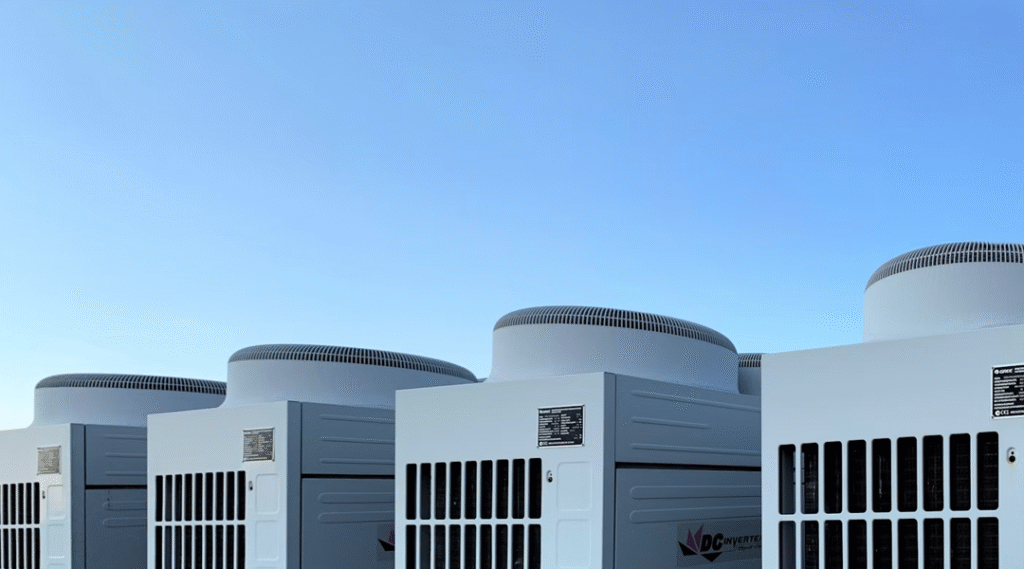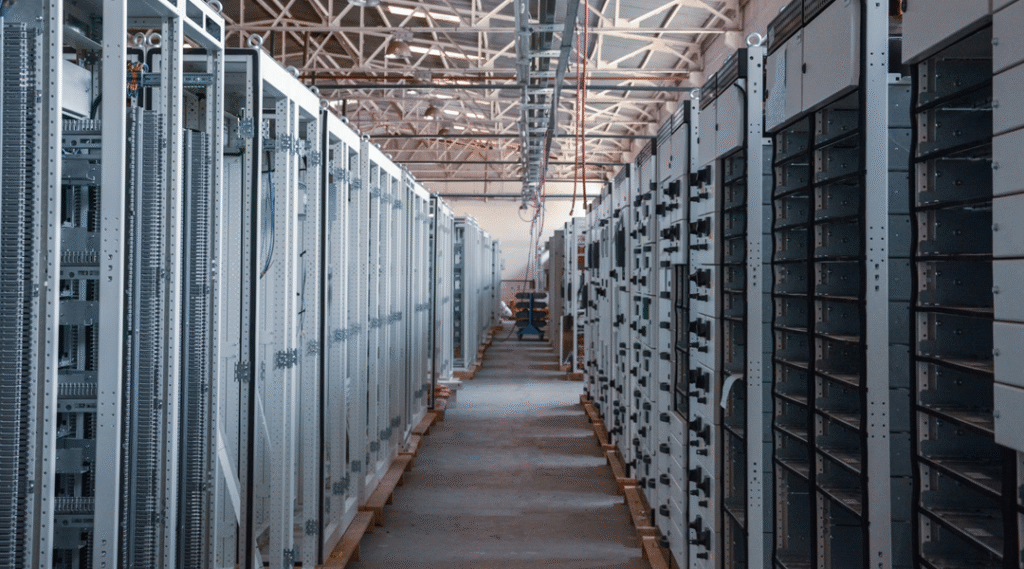As demand for computing power surges, efficient cooling has become one of the most critical challenges in data‑center operations. Traditional air‑based approaches are strained by ever‑denser server racks and greater heat output, while cutting‑edge solutions—from liquid immersion to AI‑driven controls—promise significant leaps in performance and sustainability. In this article, we explore the leading cooling technologies in use today and highlight emerging innovations poised to reshape how data centers keep their systems frosty and reliable.
1. The Limits of Traditional Air Cooling
For decades, data centers have relied on cold‑aisle/hot‑aisle configurations and raised‑floor air distribution to keep servers within safe temperature ranges. Air cooling’s simplicity—circulating conditioned air through perforated tiles into cold aisles—makes it easy to deploy and maintain. However, as rack densities exceed 20 kW per cabinet, air’s relatively low heat capacity and thermal conductivity drive up energy costs and force facilities to overprovision chillers and fans. In ultra‑dense installations, hotspots can form near high‑performance processors, compromising reliability and performance.
2. Direct-to-Chip Liquid Cooling
Liquid cooling overcomes air’s limitations by circulating a coolant—often water or a dielectric fluid—directly to heat sources such as CPUs and GPUs. In direct‑to‑chip systems, cooling plates affixed to processor heat spreaders transfer thermal energy into the fluid loop, which then carries heat away to a central heat exchanger or chiller. This approach can reduce server‑level cooling energy by up to 30–40 percent compared to air-only systems, shrinking the data center’s overall power usage effectiveness (PUE). Additionally, liquid’s higher heat‑capacity density enables rack power densities of 30–50 kW and beyond without excessive fan noise or thermal stress.
3. Immersion Cooling: Submerging for Efficiency
Immersion cooling takes liquid cooling a step further by submerging entire server assemblies in dielectric (non‑conductive) fluids. There are two main variants:
- Single-phase immersion, where the fluid remains liquid and is pumped to heat exchangers.
- Two-phase immersion, where electronics are immersed in a fluid that boils at a controlled temperature, with vapor rising to a condenser where it liquefies and returns by gravity.
By eliminating forced-air fans entirely, immersion systems can drive server inlet temperatures to match processor thermal limits without additional mechanical cooling. They also leverage the fluid’s phase‑change latent heat (in two-phase systems), achieving superior heat transfer coefficient and lowering coolant flow rates. Early adopters report up to 95 percent reduction in cooling‑related energy use, dramatic noise reduction, and simplified airflow management—significant advantages as edge and high-performance computing (HPC) applications proliferate.
4. AI‑Driven Thermal Management
Advanced data centers increasingly integrate artificial intelligence and machine learning to optimize cooling in real time. By ingesting thousands of sensor streams—rack temperatures, inlet and outlet differentials, ambient humidity, and server utilization—AI models can predict hotspot formation and dynamically adjust fan speeds, coolant flow rates, and chiller setpoints with granular precision. Over time, these systems learn seasonal and workload‑driven patterns, further refining their control strategies. Studies show AI‑based optimization can trim cooling energy consumption by an additional 5–15 percent beyond static best practices, shaving tens of thousands of dollars off annual power bills in large facilities.
5. Free Cooling and Environmental Integration
In cooler climates—or during winter months—even liquid‑cooled and immersion‑cooled data centers can leverage outside air or water to dissipate heat without running energy‑intensive chillers. Modern “free cooling” designs include air‑side economizers, which bring in cold external air, and water‑side economizers, which route facility heat into external cooling towers or dry coolers. Combined with variable‑speed fans and smart controls, free‑cooling strategies can drive PUE close to 1.1 or lower for significant portions of the year, depending on climate. Pairing free‑cooling with liquid or immersion systems further expands the envelope of efficiency and sustainability.
6. Sustainability and Future Directions
As data‑center operators target carbon‑neutral and even carbon‑negative goals, cooling innovations remain a primary lever. Emerging research explores advanced materials—such as nanofluid coolants with enhanced thermal conductivity—and modular, factory‑built liquid‑cooling units that can be deployed rapidly at the edge. Furthermore, integration with district heating networks can repurpose expelled data‑center heat for space‑heating, closing the urban energy loop. Finally, standards bodies and alliances are working to codify best practices for safe, reliable, and energy‑efficient immersion deployments, promising broader industry adoption.
Final Thoughts
Cooling technology has evolved, from air‑based systems struggling under denser equipment loads to sophisticated liquid and immersion strategies augmented by AI controls. Each innovation pushes data centers toward lower energy consumption, greater reliability, and smaller environmental footprints. As computing demands grow—driven by AI, IoT, and edge applications—continued advances in coolant chemistry, thermal architecture, and smart management will be pivotal in powering the digital world sustainably and efficiently.
All articles on this special edition-DATA CENTER:
(#1) Inside the Digital Backbone: Understanding Modern Data Centers
(#2) From Vacuum Tubes to Cloud Campuses: The Evolution of Data Center Architecture
(#3) From Servers to Coolant: A Deep Dive into Data Center Core Components
(#4) Harnessing Efficiency: Overcoming Energy and Sustainability Hurdles in Data Centers
(#5) Cooling Innovations Powering the Next Generation of Data Centers
(#6) Safeguarding the Core—Data Center Security in the Physical and Cyber Domains
(#7) Decentralizing the Cloud: The Rise of Edge Computing and Micro Data Centers
(#8) Data Center: Cloud, On-Premises, and Hybrid Infrastructure
(#9) Intelligent Data Center Management and Automation
(#10) Market Landscape and Key Players in the Data Center Industry
(#11) Navigating Regulatory, Compliance, and Data Sovereignty in Modern Data Centers
As for in-depth insight articles about AI tech, please visit our AI Tech Category here.
As for in-depth insight articles about Auto Tech, please visit our Auto Tech Category here.
As for in-depth insight articles about Smart IoT, please visit our Smart IoT Category here.
As for in-depth insight articles about Energy, please visit our Energy Category here.
If you want to save time for high-quality reading, please visit our Editors’ Pick here.



